Concentrates are a popular way that a lot of people consume cannabis, however it can get overwhelming, trying to figure out all of the different types of concentrates. To make it a little easier, we’ve put together an introduction to the most common types of concentrates you might encounter.
As the name suggests, Shatter has a brittle, glass-like look to it that will crack or “shatter” like glass when broken. This concentrate is made using solvents like butane or CO2 to extract the desired compounds from the plant. Afterwards, the solvents are processed or evaporated to remove them, leaving only the concentrate behind
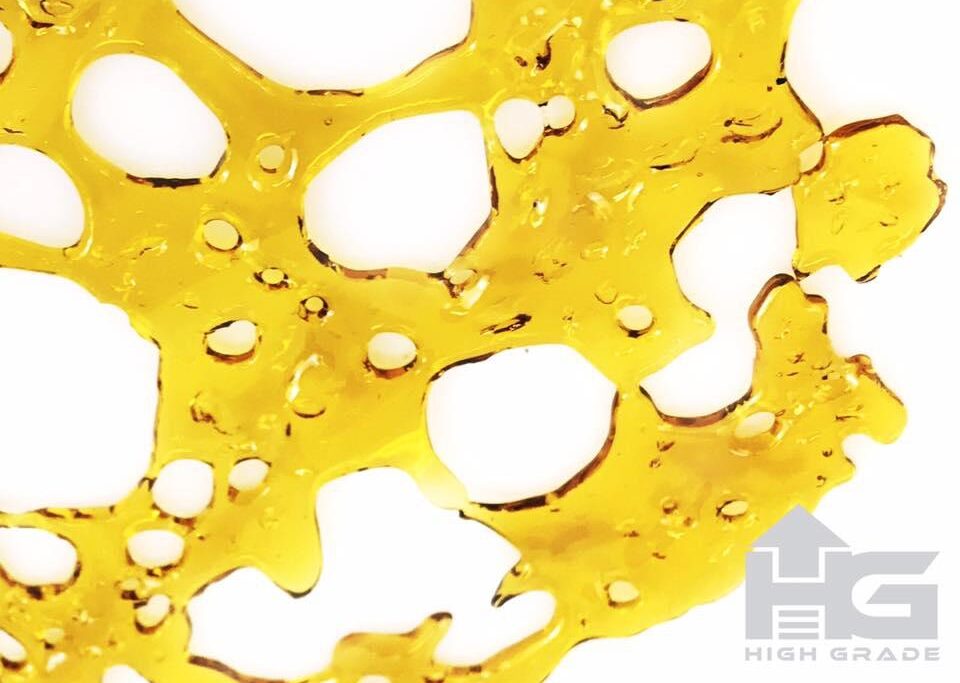
Typically, Shatter is consumed by dabbing, where a small piece is broken off, heated and vaporized using a dab rig or something similar.
Crumble is a concentrate that’s similar to shatter but with a dryer, more crumbly consistency, giving it its name. Crumble is another concentrate that’s made using solvents, in this case, specifically butane.
Crumble can also be consumed through dabbing but is also often on top of or mixed with flower to add to the smoking experience.
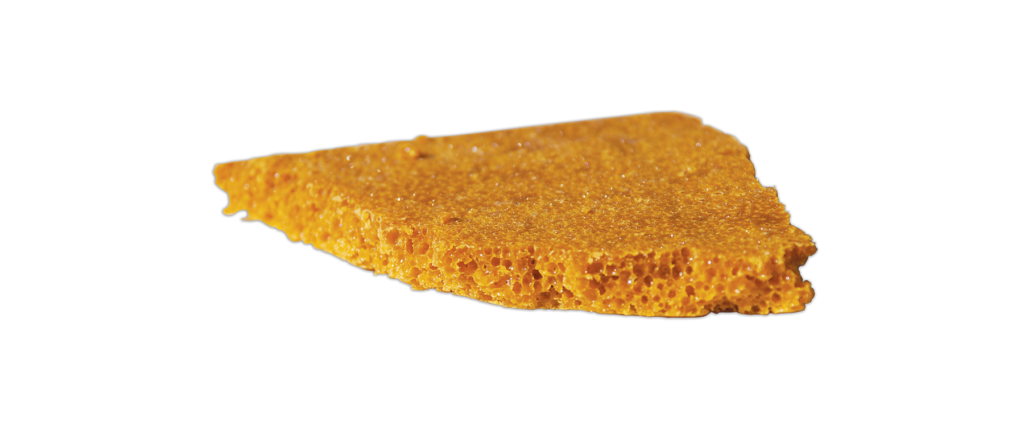
Batter, also known as Badder, is a concentrate with a thick, whipped consistency that often resembles frosting or cake batter, hence the name.
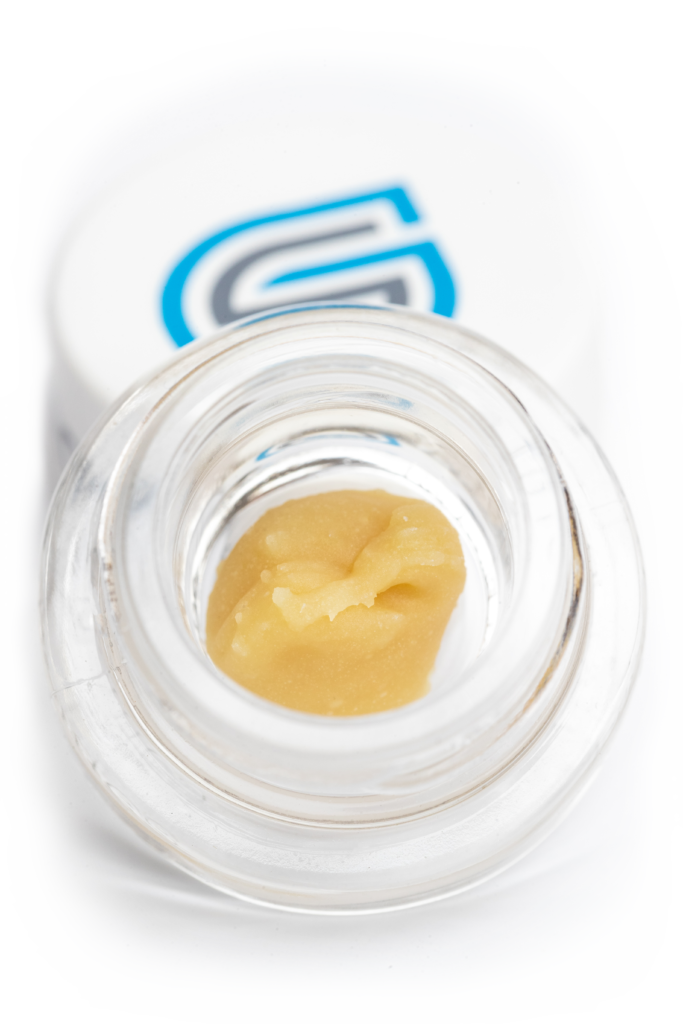
Batter is produced similarly to crumble, however, during the process of purging the solvents from the concentrate, it is mixed or whipped to give it the texture and consistency it’s known for.
It’s like many other concentrates in that it’s often consumed through dabbing or vaporizers that are designed for concentrates.
Another type of concentrate that you might come across is Wax. Like the name suggests, this type of concentrate has a texture and feel similar to that of beeswax.
Like Shatter or Crumble, Wax is another type of concentrate that is extracted using solvents. Similar to Batter, Wax gets its thicker, soft consistency from having air whipped into it during production.
Wax is another concentrate that is commonly consumed through dabbing or vaporizing.
Resin is another term you may come across when talking about concentrates. It’s a broader term that can be used to describe a few different types of concentrates, ranging from from a more viscous type liquid to a more solid syrupy concentrate.
One of the more common types of Resin is Cured Resin. The process to make Cured Resin involves drying and curing the cannabis plant. After harvest, the plants are hung and dried slowly over a period of time before the concentrates are extracted.
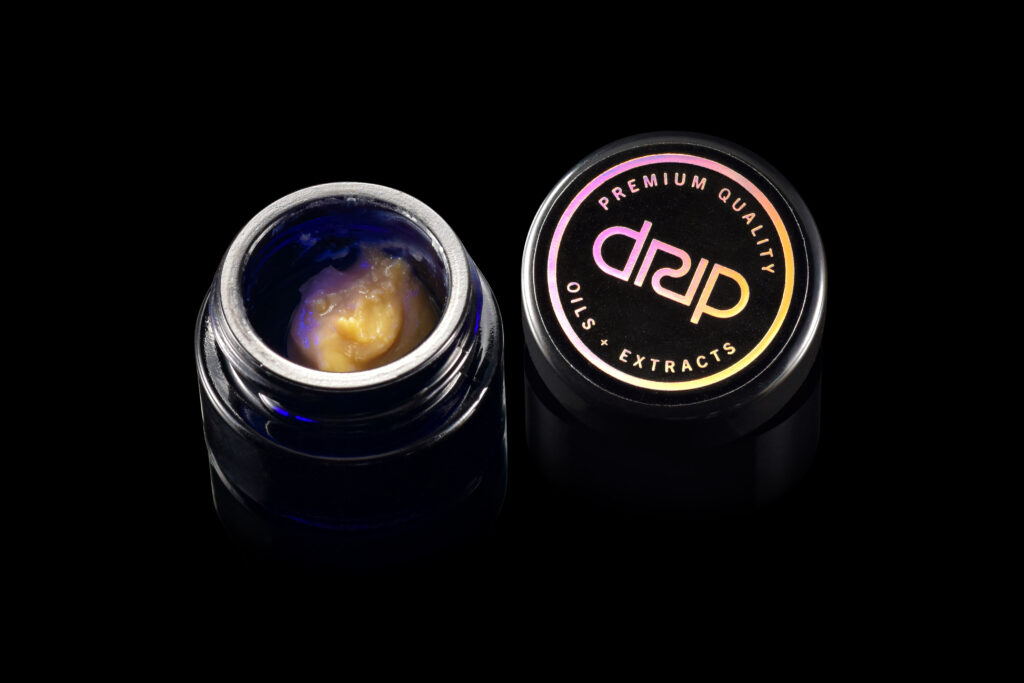
Another popular Resin is Live Resin. Live Resin is made by freezing the plant before extraction, instead of drying it. Freezing it like that preserves the terpenes that would typically be lost during the drying process.
Resin can be consumed a number of ways, including dabbing and vaping or it can be added to joints as well.
Rosin is a popular concentrate that is very versatile. It’s a solventless concentrate that’s made by applying heat and pressure to the flower, forcing the oil out. This ease of production makes Rosin a popular concentrate to produce at home.
Depending on the Rosin, it can range from a more liquidy consistency to a thicker, almost taffy-like texture.
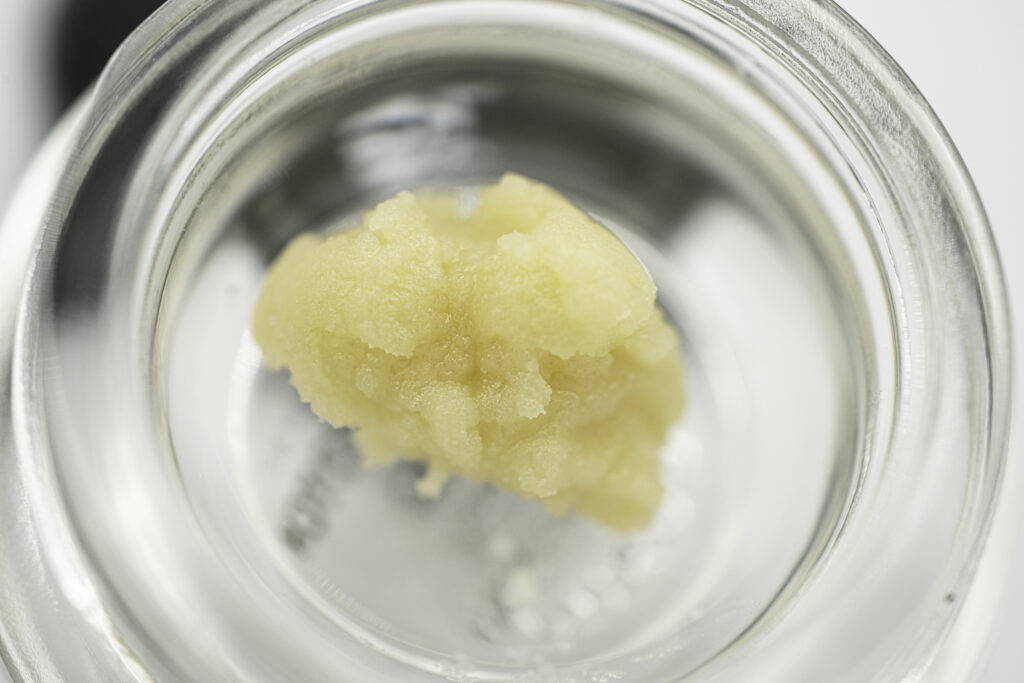
Similar to Resin, Rosin can be consumed in a number of different ways, people often use it for dabbing or vaping and it’s even sometimes added to joints.
There are so many different types and variations of concentrates but we hope that this little taste has given you a good idea of what to expect when trying out this particular cannabis product.
As always, NatureMed is here for all of you concentrate-related questions. Remember to consume responsibly and be mindful of dosages. Here is a link to our online concentrate menu and our specials page to see the ways you can save.